Even if you have never owned one, chances are you have at least been in a Toyota Camry or Honda Accord. These have long been two of the most popular family vehicles in America, and even though sedans have fallen below crossovers lately in the sales figures, make no mistake, these two are immensely important models to each brand respectively. Early last year Honda introduced an all-new version of the Accord and Toyota is bringing the all-new 2025 Camry to market to battle it right now. So, who wins in a 2025 Toyota Camry vs. 2024 Honda Accord battle? Let’s compare them to find out!
Pricing and Equipment
Alright, so as always, let’s start by quickly mentioning the pricing and equipment.
Today we will be using the loaded models of both, so for the Accord that will be the Touring. Honda doesn’t really do option packages, so the final price is $5 under 40 grand after destination.
MSRP (Accord Touring): $38,890 | Options: $0 | Destination: $1,095 | Total: $39,995
Now for the all-new Camry, Toyota lets you have more control over what design and features you want. The top trim XSE starts out quite a bit more expensive but after you add the Premium Plus package, the fully loaded price is also right at $40,000.
MSRP (Camry XSE AWD): $34,600 | Options: $5,575 | Destination: $1,095 | Total: $41,295
By the way, if you want to get the best price from local dealerships and access to invoice pricing info for these two models or any vehicle, we have a tool on our website to do just that. Click here for more information!
Exterior Design
Last year, with the Accord redesign, Honda radically changed the look. They took a big step from the sportier look to a more mature design, with a simple grille up front. Now the all-new Camry, on the other hand, stays with a sportier design, especially on the XSE. While not a huge departure from the outgoing generation, it has a wider and more aggressive grille that is finished in body-color.
As far as front lighting, XSE gets the premium arrangement with all elements being LED. The Accord also has completely LED front lighting, but the Camry is a more-premium projector LED headlight vs a reflector on the Accord.
Now heading to the side, the Camry remains almost exactly the same as the previous generation and is about 2 inches shorter than the Accord. We will see if that impacts interior space much later, but for now know that both have 19-inch alloy wheels. One exclusive feature for the Camry is the option of a two-tone paint scheme with black roof.
The same deal applies in the rear as well, with the Camry looking aggressive and the Accord going for the new mature and sophisticated design that many recent Honda’s have been adopting. Part of that look involves deleting exposed exhaust outlets from all trims, which the Camry retains, and both have full-LED taillights.
Length: 193.5-in (Camry) | 195.7-in (Accord)
Additional Features
Now heading on to some of the other features, both models have heated mirrors with blind spot monitoring, and let’s talk about the other important safety features.
Honda and Toyota both include their models include their entire safety suites as standard equipment, so all models will have full-speed adaptive cruise control systems, auto high beam headlights, lane keeping assist, automatic emergency braking systems and traffic jam assist.
Warranties (both): Basic: 3yr/36k mi | Powertrain: 5yr/60k mi | Comp. Maintenance: 2yrs
Alright, so that’s it for the exteriors, which means it’s now time to check out the more-important cabins before we compare them out on the road!
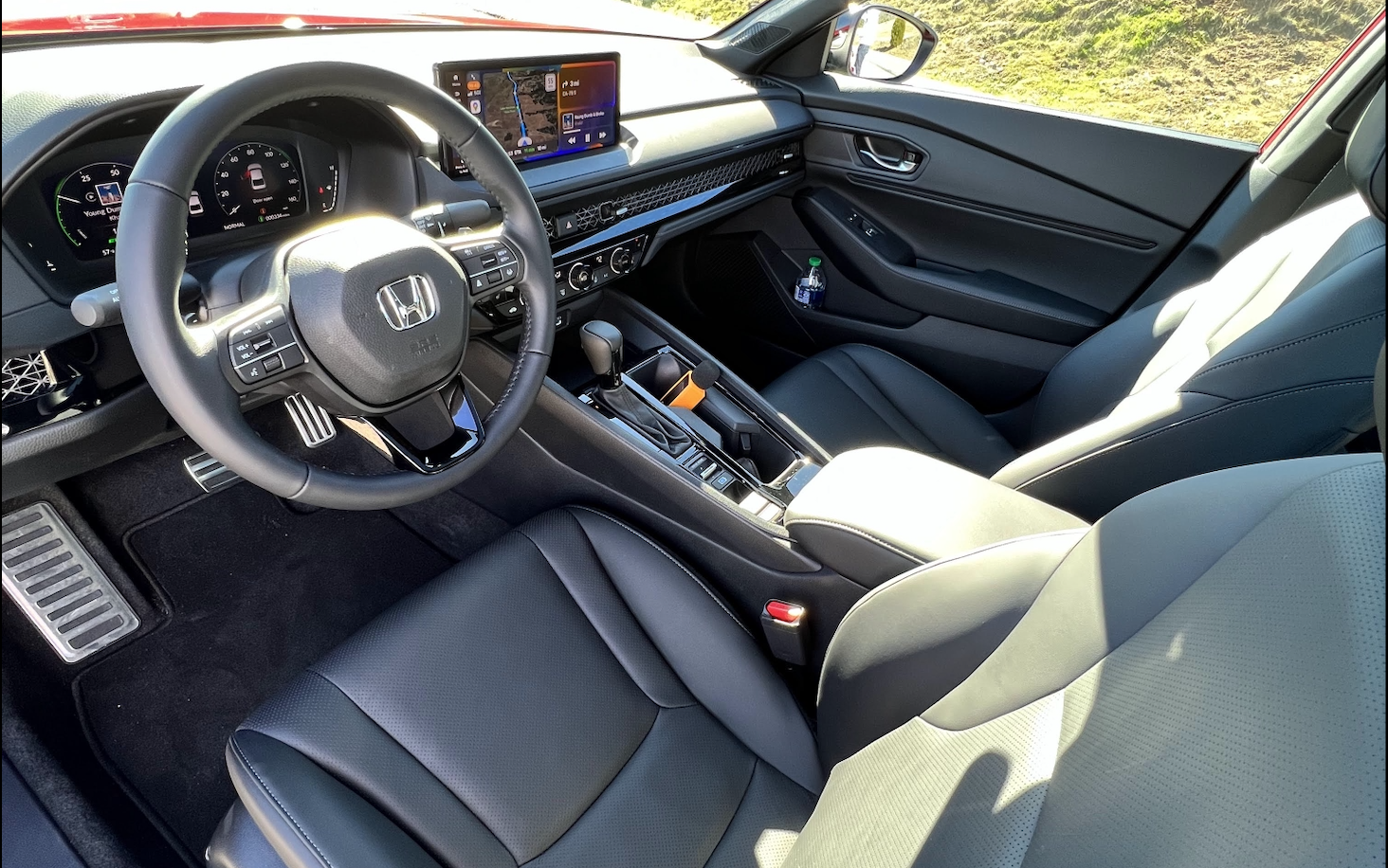
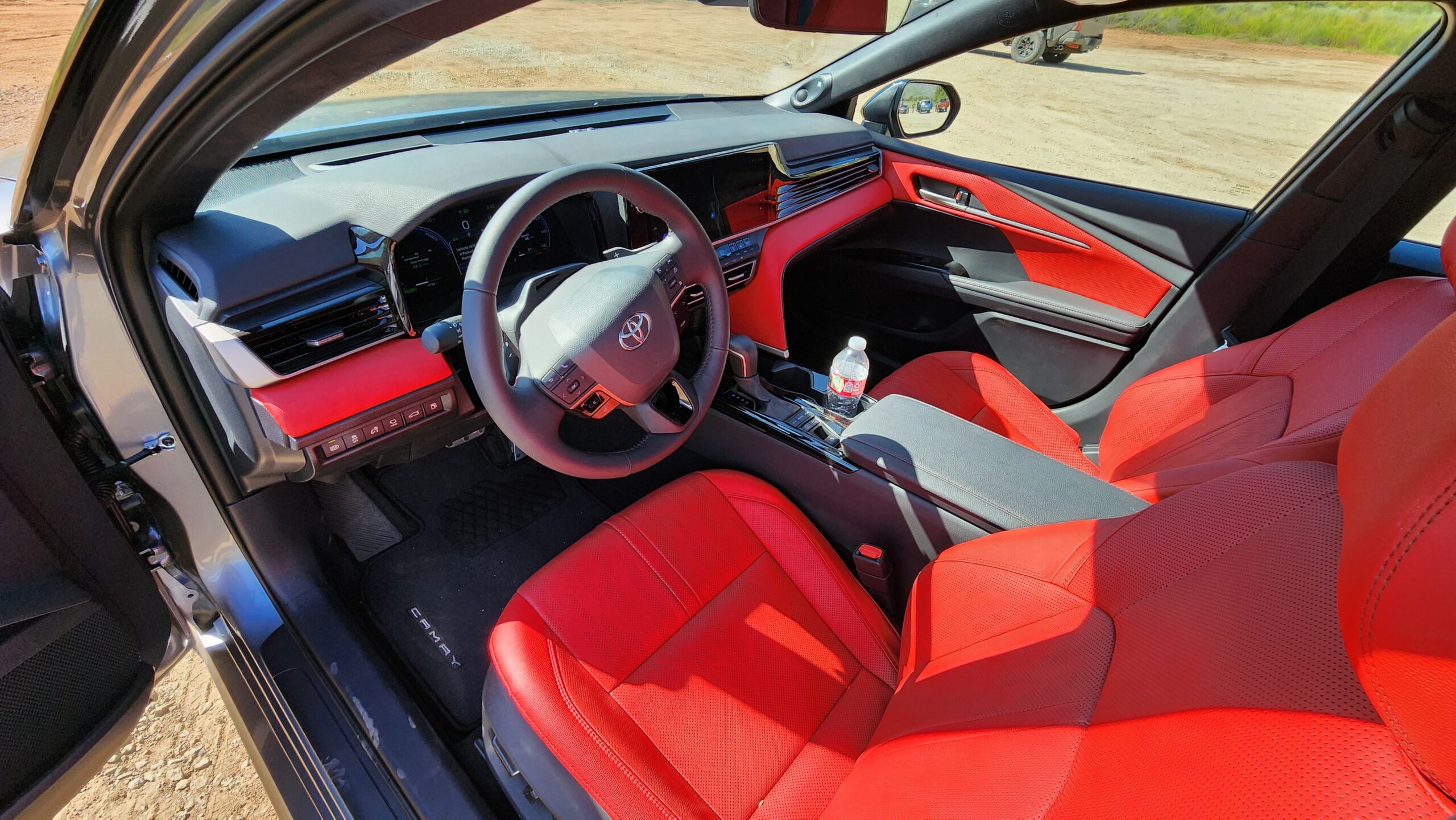
Interior Design
Now, first walking up to the cars, both cars include Smart Entry systems but only Accord has remote start on the fob included free for life.
Note: Remote start on the Camry requires a subscription after the trial period.
Once we reach the interiors, the designs and features have lots of similarities and differences. Starting with the seats, both have black leather, as equipped and have 10 ways of power adjustment. Only the Accord has memory seating, but both of them heated and ventilated seats at this price point.
Once inside, we can talk about the cabin materials. In this regard, both are good and about equal with soft-touch plastics and leatherette in all the commonly touched areas. We will give partial credit to the Accord for having leather padding on the console in the Touring trim.
After starting up the vehicles, you’ll now find fully digital gauge clusters on both sedans now that Camry has added that for 2025. Additionally, both have head-up displays so you don’t have to take your eyes off the road.
Coming back to the steering wheels, they are both leather-wrapped and manually adjusting, but only the Camry has heating in the U.S market.
But Accord fights back with rain-sensing wipers.
Storage and Technology
Next, let’s talk about is interior storage. Honestly, the two are pretty much neck-in-neck, both having giant center consoles and plenty of storage up front. In that front storage, you can wirelessly charge your phones.
Storage is excellent even though both models resist the trend to move to electronic shifters. When in reverse, we have an important distinction: the Accord does not offer a 360-degree camera system like the one that the Camry has.
The next stop are the climate controls, where both sedans have dual-zone automatic functionality, and then the audio systems. Let’s hear a sample. The Camry’s JBL is fine but the Bose system on the Accord has the more detailed sound and base from its additional 3 speakers.
Camry: 9-speaker JBL sound system
Accord: 12-speaker Bose sound system
And now that brings us to the displays and infotainment. The redesigned Camry moved the screen to the top of the dash allowing them to upsize it to the same 12.3 inches as the Accord has. Critically, both sedans now support wireless AA and ACP, BUT as far as software is concerned, the Accord’s is more robust since it has Google Apps built-in natively to the system.
And wrapping up the front of the cabin, Toyota is the only one with HomeLink universal remotes on the auto-dimming mirror, and it also has a panoramic sunroof which is something not offered on the Accord.
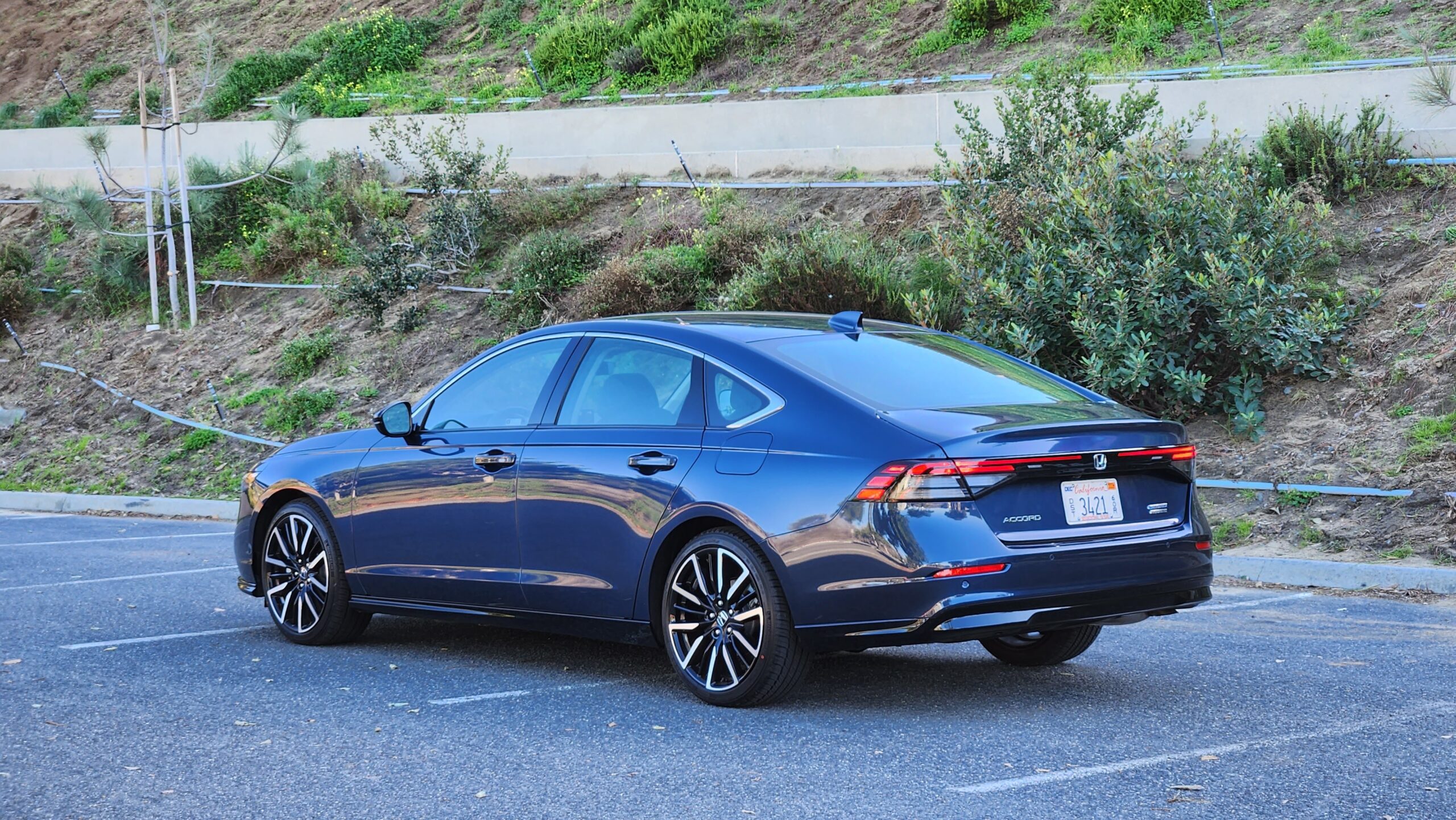

Rear Seats and Cargo
Now moving to the rear seats, both are very spacious, but since the Camry didn’t grow for this new generation, the Accord maintains its legroom advantage of about 7%.
Camry: Legroom: 38.0-inches | Headroom: 37.6-inches
Accord: Legroom: 40.8-inches | Headroom: 37.3-inches
Once in the back, there are some features to keep everyone comfortable, more so in the Honda. Both have rear vents, fold-down armrests, and USB ports for charging, but only the Accord has heated rear seats.
Just like the rear seats, Accord’s extra length pays off in the trunks. It has 16.7 cu.ft vs 15.1 cu.ft and both models seats can fold down.
Camry: 15.1-cu.ft
Accord: 16.7-cubic feet
Alrighty, that’s it for the interiors, but now let’s see if one of them has a big advantage out on the road!
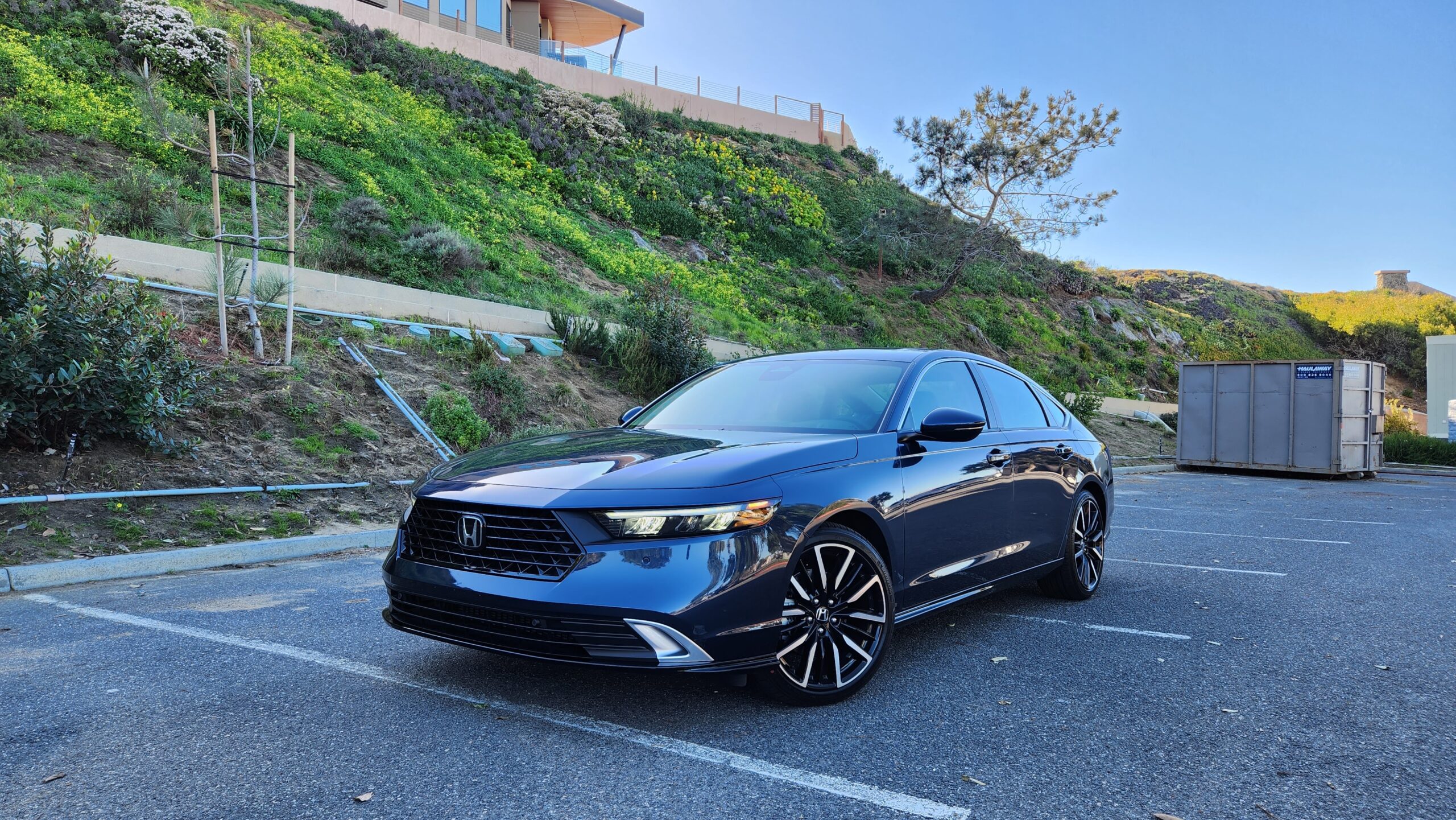
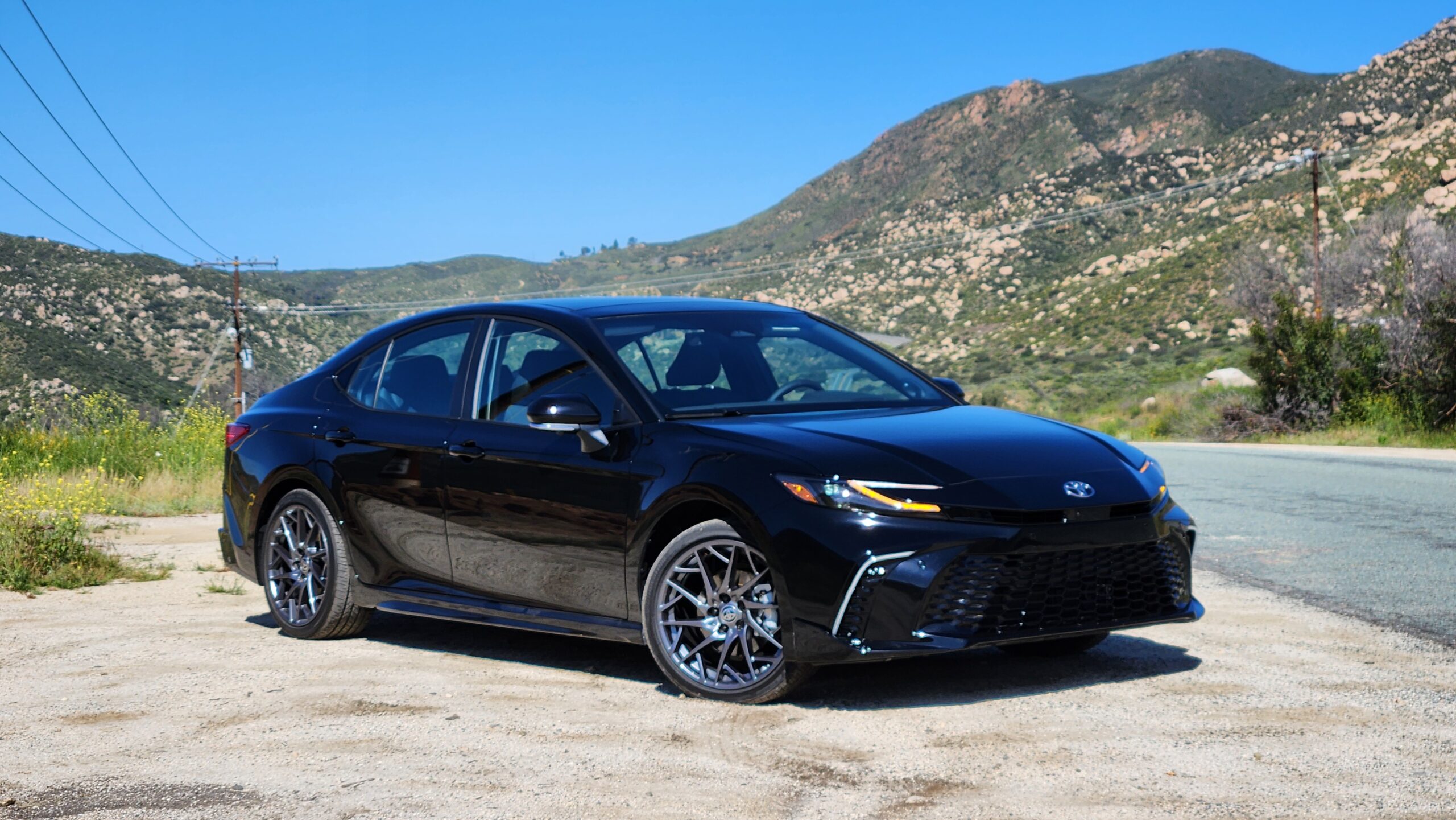
Powertrains
Now when we look under the hoods, both two sedans are taking bold powertrain strategies. On the Accord, all but the lowest two trims are exclusively hybrid, and on this 2025 Camry, every trim is a hybrid now. That is obviously going to impact the drive experiences, and we would say in positive ways. Power figures are higher than what is expected in this class, with 204 hp from the Accord’s 2.0L hybrid system and about 12% more power from the Camry’s 2.5L Hybrid system, at 232 hp. The electric torque feels nice, getting them both off the line in under 7 seconds.
Camry: 2.5L I-4 + electric: 232 hp
Accord: 2.0L I-4 + electric: 204 hp
While these hybrid systems are not the same in their designs, the Camry uses an eCVT and the Honda also has an eCVT-like experience even if it technically isn’t. We were impressed by the level of responsiveness you get from both, but much more important is the fact that Toyota is offering AWD. Using a third electric motor, this improves power from the standard 225 hp, gives you more reassurance in inclement weather conditions, is offered on all trims, and is something that is not available on Accord at all.
Test Drive and Fuel Economy
As far as the experience driving these two, the 2025 Camry makes big improvements and catches up to the Accord. As you may know, if you watch our channel often, the Accord has long been a favorite for its handling and sporty dynamic, but after driving the new Camry on a canyon backroad, it also now has a buttoned-down feel when cornering and steering that is nicely weighted and fast responding. It’s great that both models are emphasizing dynamics now more than ever.
The increased handling and performance haven’t made these sedans hard-edge or anything like that, since both ride nicely with fairly plush rides. The last generation of Accord Touring used to have adaptive dampers for variability, but it does not anymore.
One thing we always like to do here at Car Confections is collect sound level readings so that you can see what models offer the most serene environments. While we collected both these readings on press events outside of our normal KY road, in Southern California the Camry was the quieter of the two. That’s most likely due to the acoustic glass that this XSE has.
Camry: 58.0 dB
Accord: 62.4 dB
Finally, as far as fuel economy, both are excellent, however, Toyota outperforms here. Even with AWD, the Camry XSE gets the same combined MPG rating as the FWD Accord. The max fuel economy on the Accord Hybrid is 48 MPG on EX-L and 51 on the Camry LE FWD.
Camry Hybrid AWD: 44/43/44 MPG
Accord Hybrid: 46/41/44 MPG
Resale and Reliability
In our reviews and comparisons, we are also adding in reliability and resale information to give you a better picture of the overall value beyond just the original MSRP.
Beginning with reliability, we developed the Combined Reliability Index, which considers several studies from trustworthy sources, and combines them in a way that gives a more realistic picture. Honda and Toyota are two of the highest-rated brands, Honda being the 13 slots above the industry average, while Toyota is the very top brand for reliability, 16 slots above average.
We also put Mason’s economics degree to work to develop a detailed Predicted Resale Value tool. After 5 years and 60,000 miles, Honda has the industry’s highest predicted resale value of 64.79%, which is slightly higher than Toyota’s 2nd-highest 64.5%.
I want to emphasize that if money, reliability or resale value matter less to you personally, feel free to disregard these points. And if you’d like to check out all our data about reliability and resale values, as well as learn about our methodology, make sure to head to www.carconfections.com/resale and www.carconfections.com/reliability. Buying a car is a big decision, and this is a great place to compare all the makes you might be cross-shopping.
2025 Toyota Camry vs. 2024 Honda Accord winner!
So, there you have it; the objective winner is the Camry, but let’s discuss who should be “your” winner…
Accord:
- If you want the option of a straight gas model (low trims only)
- Larger rear legroom and trunk
Camry:
- Hybrid powertrain experience (more powerful and better fuel economy)
- More premium features available
- AWD offered on all trims
Now we want to know your opinions, so make sure to head to the comment section and let us know which one you would pick!
Thanks for joining us for another Car Confections Comparison! We’ll catch you next time as we sample the latest automotive delicacies!

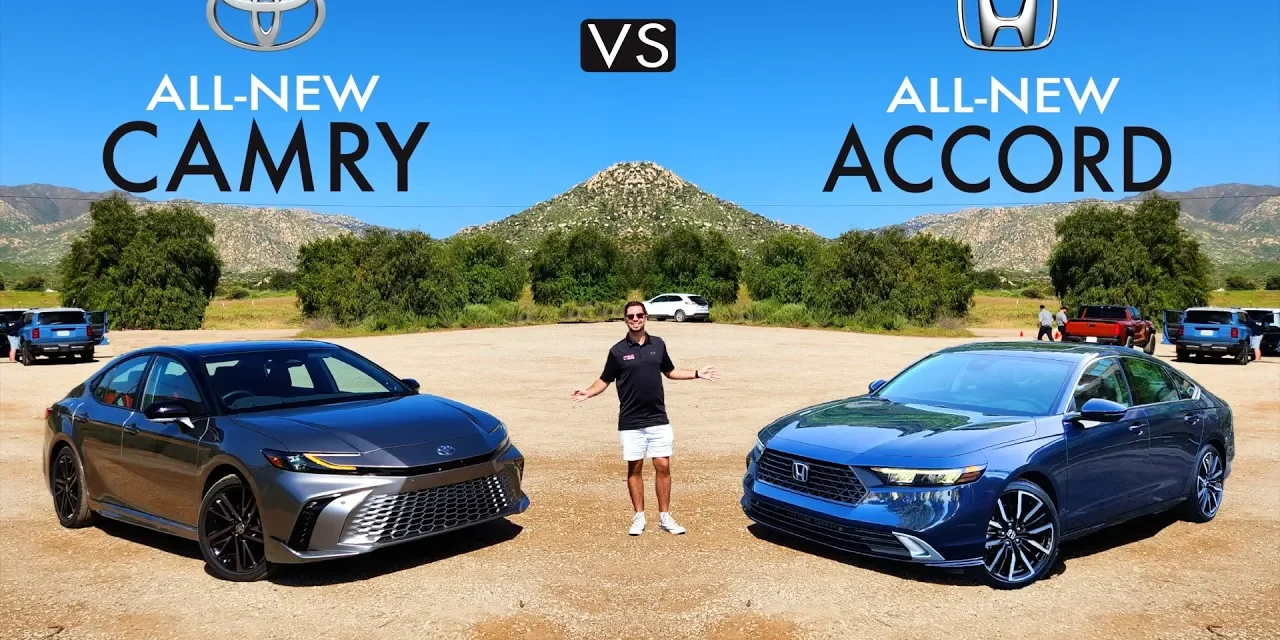
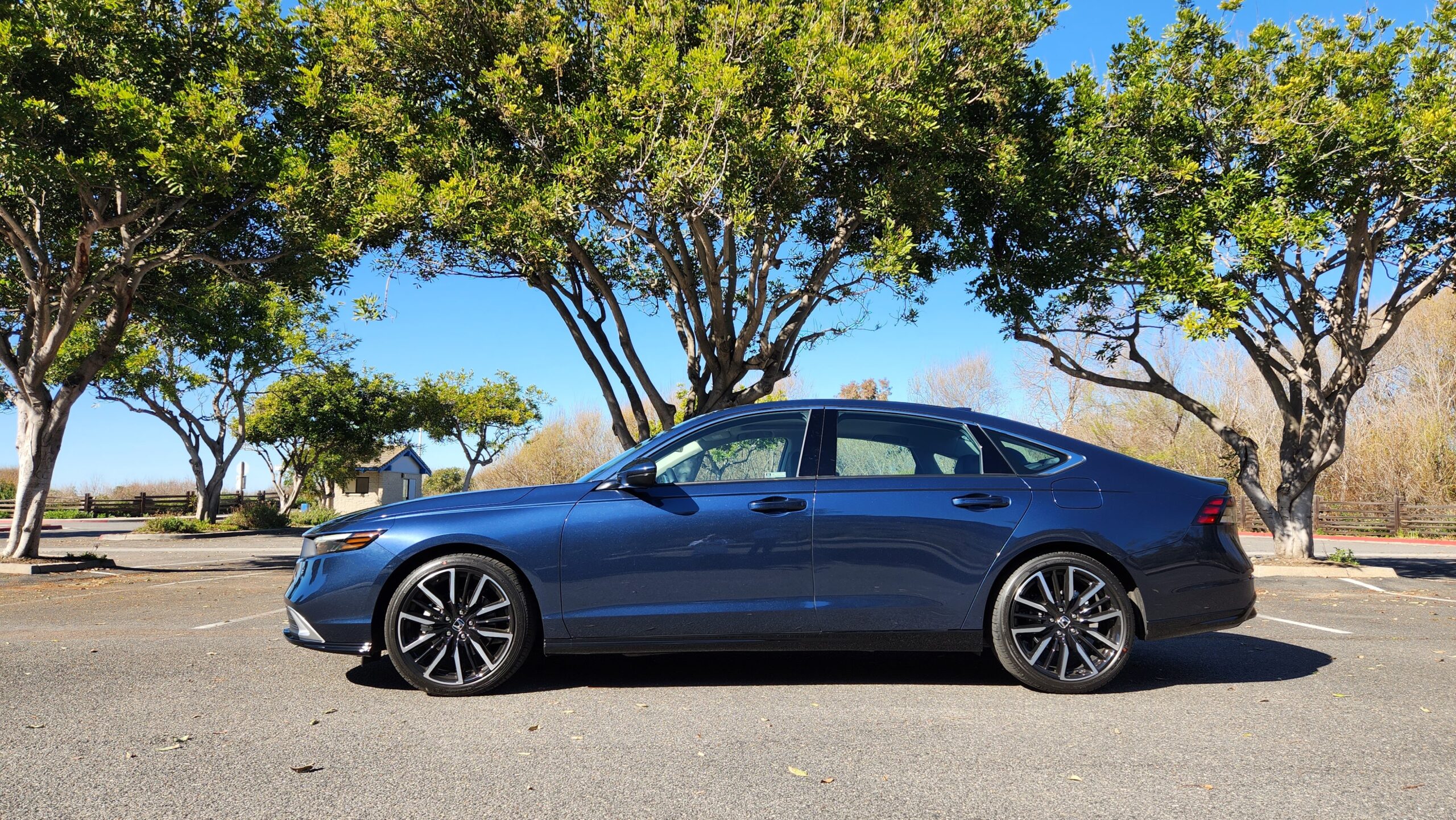
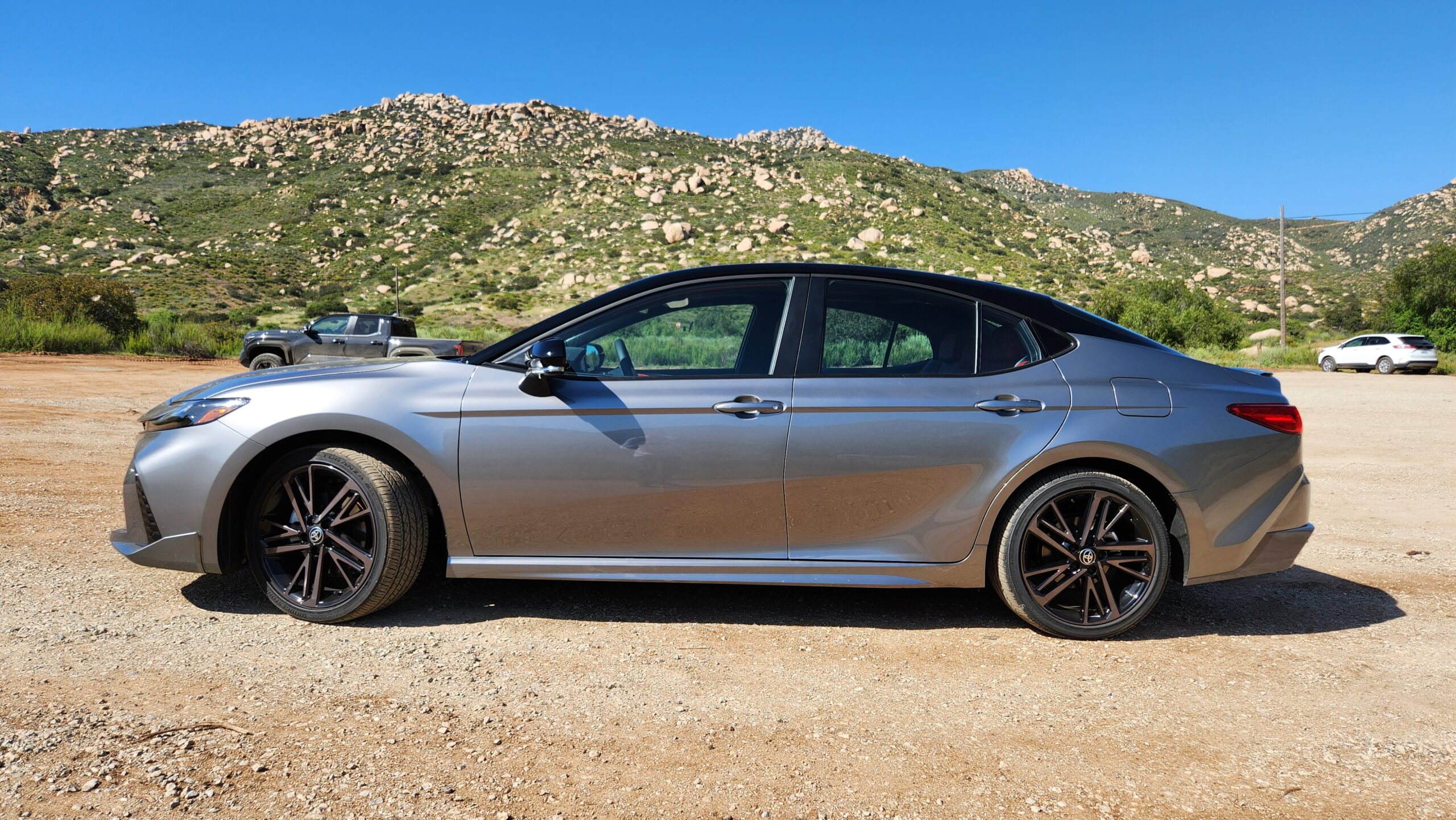
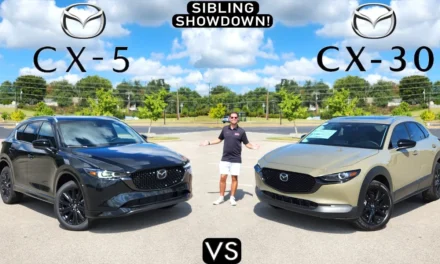









Recent Comments